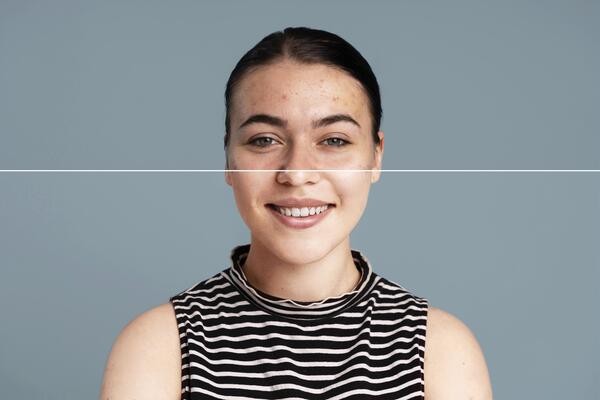
Timeline for the Recovery of Donor Area
A hair transplant is a big decision. You are likely considering it because you have lost much of your natural hair. The good news is that after the procedure, many patients can return to their daily lives with little-to-no interruption and minimal downtime. However, there are some things to be aware of before making the call for a consultation: one being how long the donor area will take to recover from surgery. This post will further talk about the timeline for the recovery of the donor area and also information regarding the donor area hair transplant.
Donor Area in Hair Transplant
During hair transplant surgery, the surgeon harvests a strip of donor hair from the back or top of your head. The purpose is to extract follicles and redistribute them along the "recipient" area—that is, where you want your new hair to grow. The number of transplanted follicles will vary depending on how much coverage you are wanting for that area. There are many factors that play into this decision, including age and density (fine vs coarse) of existing natural hair. Ultimately, after all the grafts have been harvested and implanted in your recipient area, both areas will need time to heal before they return back to normal activity level.
Donor Area Recovery Timeline
The recovery time for the donor area depends on a few factors: mainly, how much hair you are transplanting and which procedure is being used. The majority of patients receive "FUE" (Follicular Unit Extraction) to preserve their natural hair. During this process, small grafts (typically 1-4 follicles) are individually removed from the back and side of your scalp using a small punch.
The extent of donor hair loss is determined by your surgeon's technique and experience, but in general, a person with moderate hair thinning may lose up to 2 percent of his or her natural hair (about 1 in every 50 hairs).
When thinking about recovery time, it is important to remember that there are two factors that will affect the amount of time it takes for your hair to start growing:
- The "Donor Hair Loss" - how much donor hair needs to be re-grown.
- The "Recovery Time" - how long it takes for the patient's body to produce new hair in the donor area (process typically occurs up to 3 months after surgery).
In a nutshell: the more hair you need to be transplanted (and hence, the more donor area "lost"), the longer it will take for your body to grow new hair in that area. Since FUE uses small grafts - typically 1-4 hairs per graft - only a small amount of donor's hair is lost. Therefore, recovery may be quicker than someone who has had a traditional procedure.
Donor Area Scarring
In particular, the "donor area" scar will begin to fade (become less visible) between 6 months and 2 years after the transplant - although it will probably never disappear completely. It is simply part of that hair restoration procedure's physical aftermath. The good news is that in most cases, the scar is barely noticeable after several months or even weeks have passed. In short: do not expect your scalp to be perfectly smooth right away...but allow time for it to heal up naturally.
This may seem obvious but one must remember that no two heads are exactly alike! You may experience slight redness and swollenness for a few days, while another patient can take a longer time to recover.
An advanced hair restoration Surgery, Hair Transplant is one of the most effective methods for dealing with receding hairlines and balding crowns. Dr. V S Rathore who is an expert hair transplant surgeon and cosmetic surgeon of Kolkata treats several men as well as women suffering from different scalp disorders including alopecia areata, alopecia totalis (diffuse hair loss), scarring etc. Individuals who have had severe hair loss are candidates for this surgical technique, which can restore your natural hairline. His expertise in this field makes him stand out from other surgeons and clinics. Visit his website to book your first consultation with him today!
For more information follow us on:
Facebook | Instagram | LinkedIn | Twitter | Google My Business









